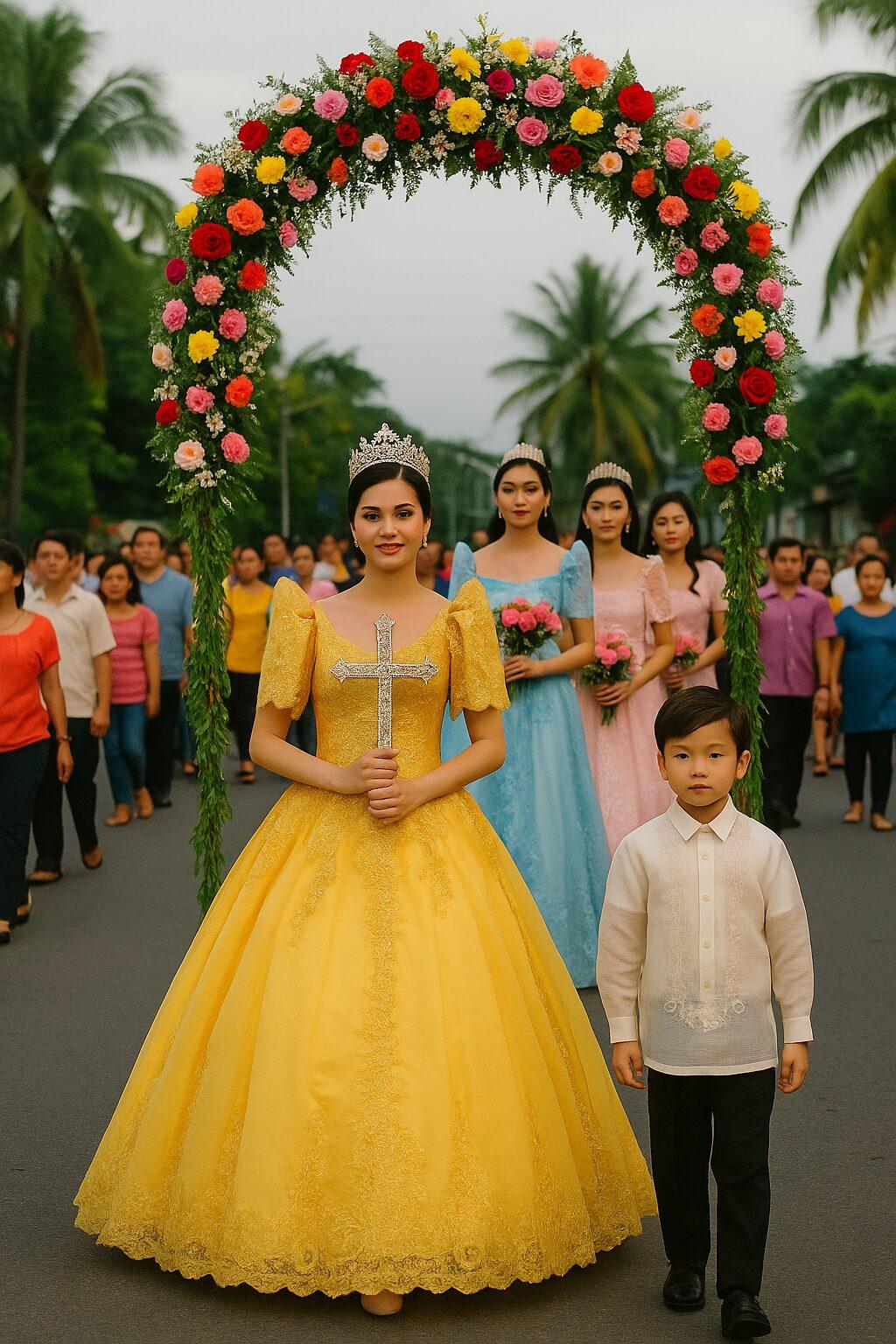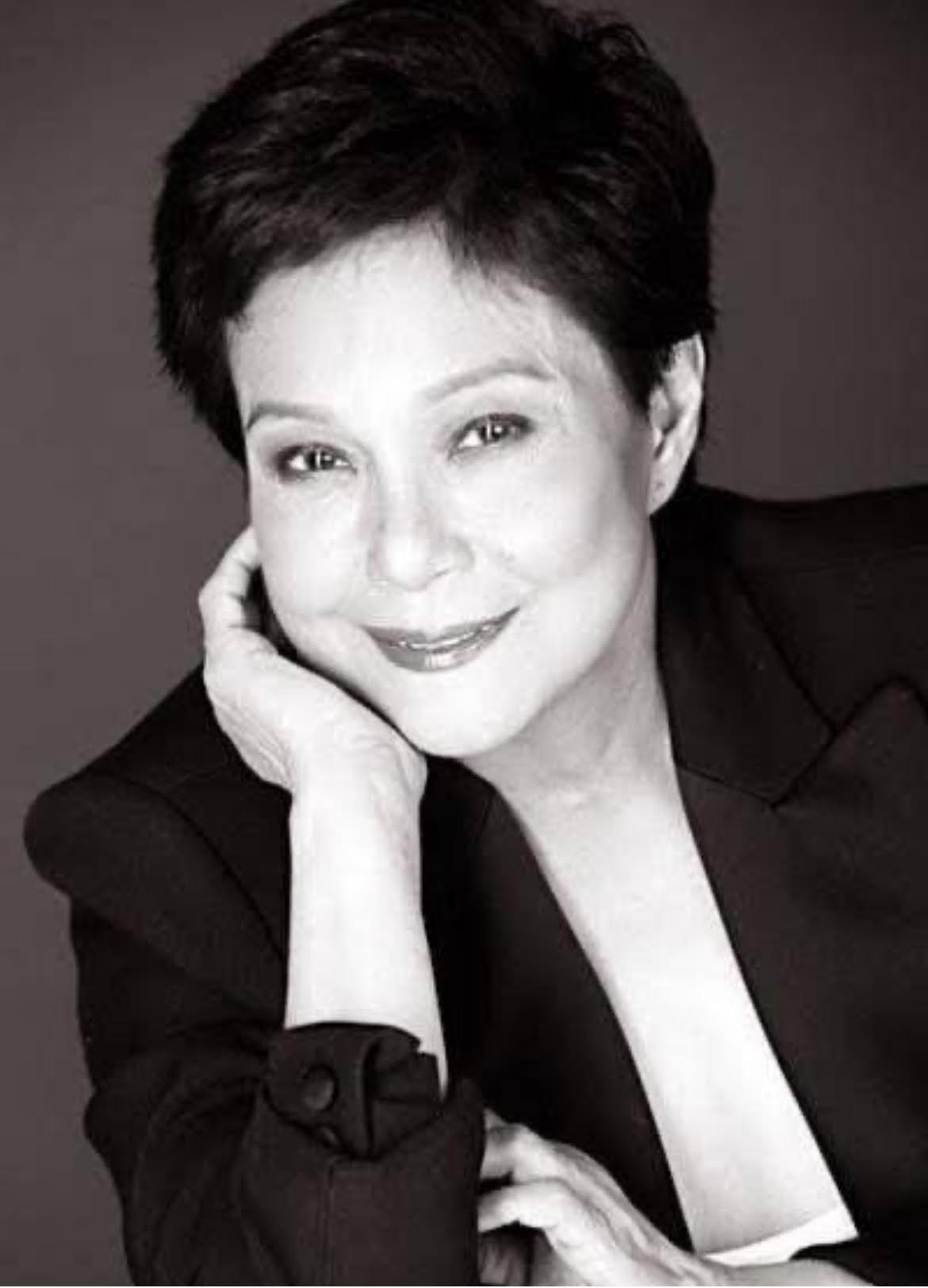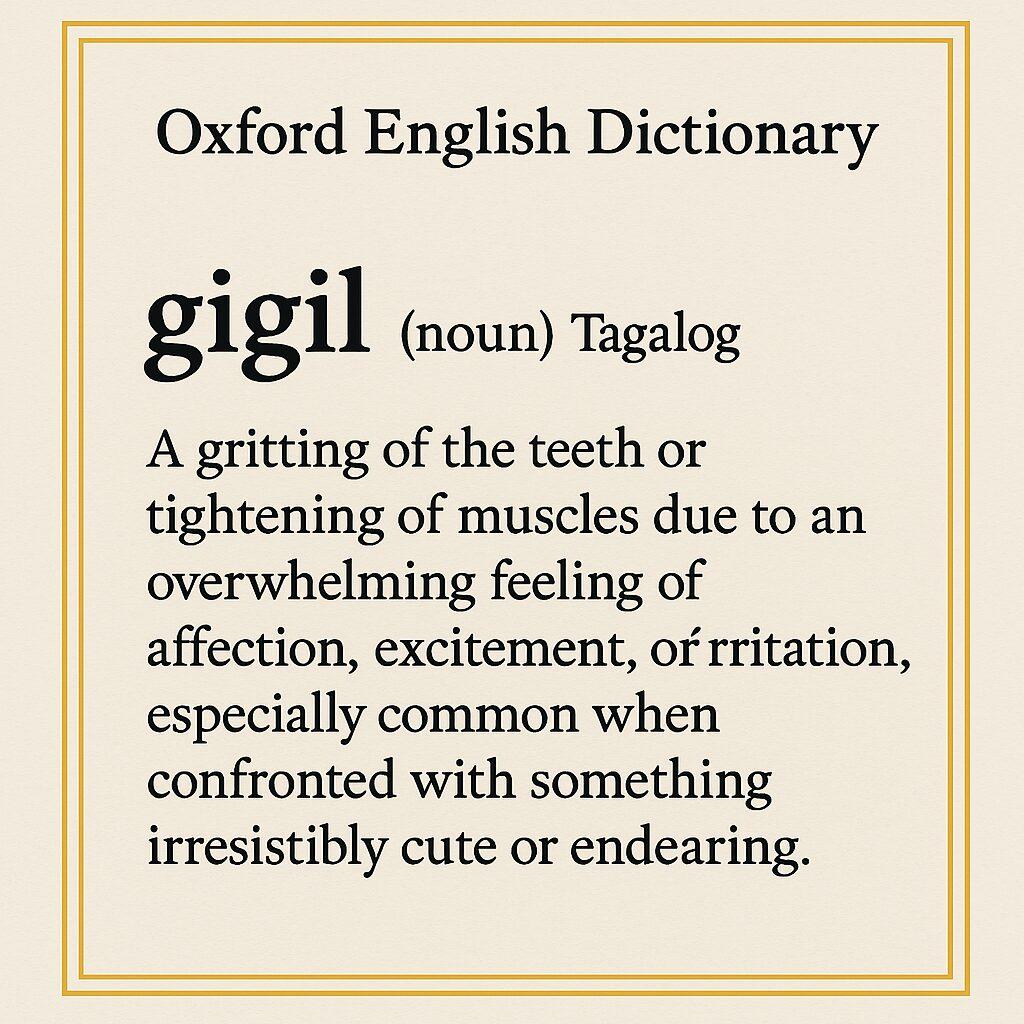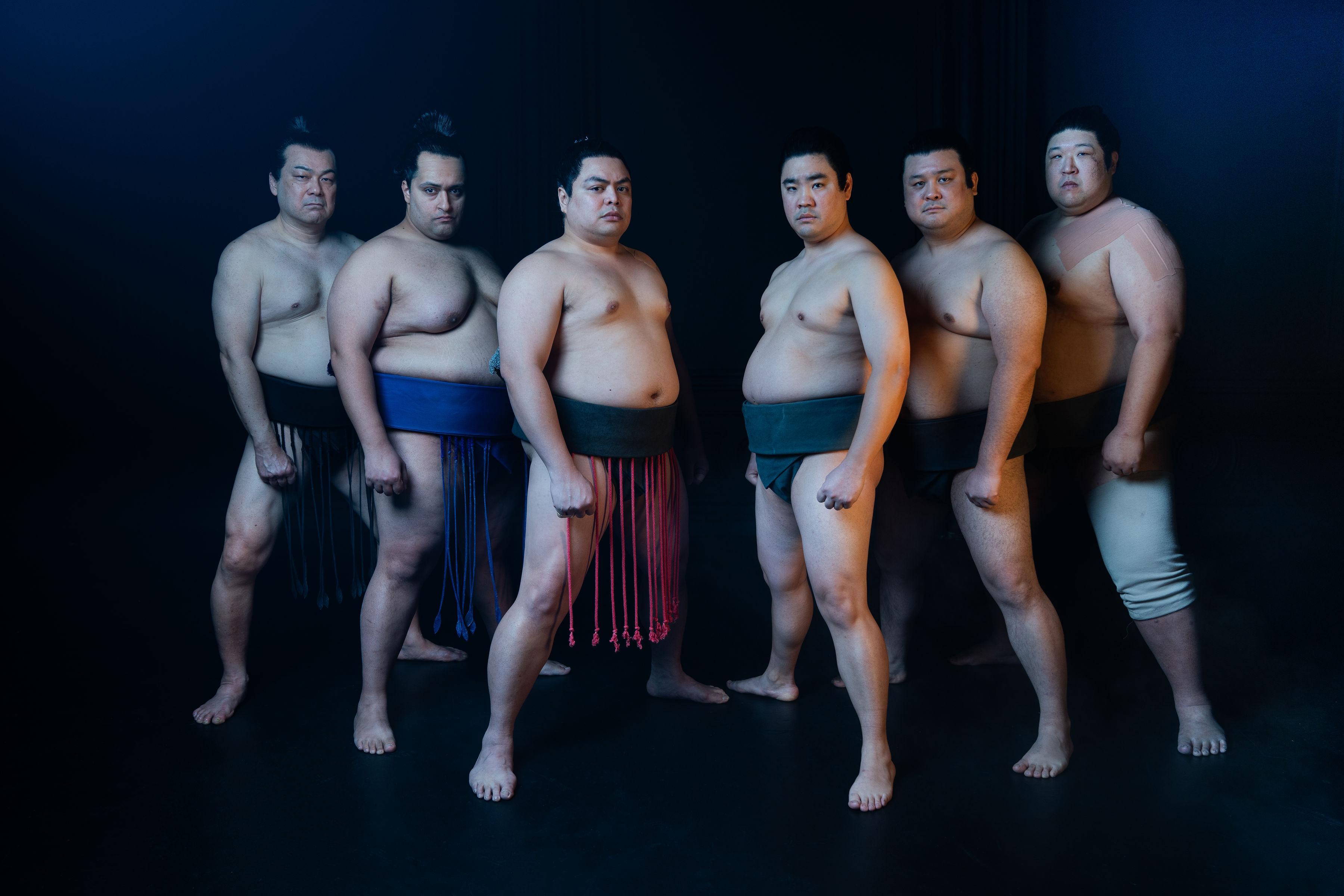BEFORE films can be created, there is a key part of the pre-production process that requires planning out scenes: storyboarding.
Think blueprints, except it’s a sequence of drawings that covers the major shots, angles, and actions of a film. A storyboard essentially conveys how the story will flow, what will happen in a particular scene, and acts as a guide in producing the final work.
For the Filipino American History Month, the Comic-Con Museum in San Diego coordinated with Los Angeles-based non-profit Search to Involve Pilipino Americans (SIPA) to invite an online panel of emerging and veteran Filipino American storyboard artists who were all excited to share their experiences with storyboarding:
• Ian Abando, a storyboard artist who worked on popular animated films such as “Despicable Me 2,” and “Minions”;
• Gabby Capili, who works at Walt Disney animation studios and has created a series of animated shorts called “All My Friends” as well as an interactive short called “Dennis the Dinosaur”;
• Jay Oliva, an executive producer, director, and showrunner for several animated series as well as the founder and CEO of Lex and Otis animation studio. He directed “Batman: The Dark Knight Returns” 1 and 2, and worked as a storyboard artist for live-action films such as “Man of Steel”;
• Bobby Rubio, a storyboard artist who made his directorial debut with the Pixar animated short “Float”, which features CGI Filipino characters; and
• Josie Trinidad, who served as a storyboard artist on “Tangled” and “The Princess and The Frog,” as well as head of story for “Wreck It Ralph 2.”
“As a storyboard artist, usually we’re the first person to actually plan out the shots. The director will have ideas, but they bring in a storyboard artist and they basically plot out everything from the choreography, the camera move, the acting. We draw it all out and then we run it by the director,” said Oliva.
“We’re kind of like the unsung heroes of the films because we’re pretty much the first directors to kind of give the story life after the writer has basically written the script,” he added.
Origin Story
For the panelists, becoming a storyboard artist was never the dream. It was more of a slow burn love affair developed through their many experiences.
“I wanted to be a comic book artist,” Rubio shared. “I went to Comic-Con every year in San Diego growing up.”
In line with his dream, Rubio went to study at the California Institute of the Arts (CalArts) and started an animation program. He got an internship at Disney as an animator and got to work in the show Treasure Planet.
“After Treasure Planet, 2D (animation) kind of went away so I had to go another route,” he said.
“Disney helped me out and I went to story internship. From there, I got a job at ‘Avatar: The Last Airbender’ at Nickelodeon — that was amazing and then I started to love storyboarding and I wanted to pursue that even more. And then Pixar eventually called, so I went to Pixar,” he added.
Abando, who wanted to be a comic book artist as well, admitted to hating storyboarding at first.
“In my last year in (CalArts), I teamed up with some people and we worked on a short together and that’s when I fell backwards into storyboarding. I filled the role in the team because they needed an illustrator at the time and I hated it,” he said.
But after getting a job offer on the first season of “Adventure Time” in Cartoon Network, Abando slowly realized that this is where he’s supposed to be.
“I think the more that I got into it, I realized that, even when I go to museums and look at art, I feel like I’ve always been drawn to sequential art. I couldn’t explain why I liked movies, but I think I was more drawn to storytelling than I was (with) the brunt work of design, and I just followed that path and here I am,” he said.
Trinidad, meanwhile, grew up wanting to become a Disney animator. However, getting a job was rough for her.
“For a while, I thought I might become a lawyer and take the LSAT because I couldn’t find a job, but thankfully, (at) the last minute, I was able to get a job drawing the toy art on packaging so I did that for a few years,” she said.
“And then (I got) an internship at Disney — a story internship, which is one of the best ways to get your foot in the door,” she added.
Trinidad recounted how she felt intimidated at first, especially as the only other woman in a story department of about 40. She admitted feeling unsure, wondering to herself if she really belonged there, but learned to push through despite all doubts and worked hard.
“I worked hard and I made sure that when I board sequences, I really connected with the material and put myself into them, and it worked! I ended up working on my first film at Disney with Ron and John, who did ‘The Little Mermaid.’ They were my heroes, and then they gave me my first film at Disney, ‘The Princess and The Frog,’ and I’ve been there ever since,” she said.
Capili, after switching majors twice, discovered that she wanted to be in animation.
“I ended up moving to France to learn to draw and then applying to CalArts,” she said.
However, she still had a hard time deciding which path to take on while studying.
“In my fourth year, I figured out that I like making comics. I like writing. Storyboard artists do both of those things, but just on a film essentially, so that’s how I settled into it,” said Capili.
For Oliva, on the other hand, he never even wanted to become an animator.
“I vaguely thought of the idea of going into animation when I first saw the making of Empire Strikes Back, like the stop motion, and I was like this is amazing. And then I realized how tedious it was, so I thought, no, I don’t want to do that,” he said.
“So anyways, I was in college and I took all the communication arts classes because I loved film but I never wanted to be in film because I hated being in front of [the] camera.
There was a class that was for animation and here’s the thing, I never wanted to be an animator. Never. Because making a duck walk or doing cloth animation was like the last thing I wanted to do. But I (still) took the class,” he added.
It was in his animation class that he was discovered — by the director of the Spiderman animated series, no less. He was offered a job after the director saw his storyboards and came in as a storyboard revisionist.
“As a revisionist, you basically fix storyboards. The storyboard artist turns it in and you have to fix it before it ships overseas to be animated, so you’re the last line of defense,” Oliva explained.
It took him a while, but with the help of his director, Oliva realized the mechanics of storyboarding.
“What happened was, I was riding a bike. At some point, my brain clicked and I realized whenever Spiderman was in trouble: downshot. Whenever the hobgoblin is like, I have you now, Spiderman: upshot. I realized that there was a language to film, there’s a language to the shot that was kinda decoded. I never realized that, and so from that point on, I became a sponge,” he said.
“I think in about six months since I became a storyboard artist, I did my first storyboard for the show. They liked it, and then the following year, I was hired as a board artist at Sony,” he added.
A field of never-ending learning
According to Trinidad, the best thing about storyboarding is that it’s a collaborative effort.
“It’s way more satisfying to be able to work in a room of people and throw out ideas. I love that we laugh a lot in the story room. We get to know each other really well and these folks become your best friends. You work really closely with directors and writers and editors and you get to see the different parts of the filmmaking process,” she said.
“At the end of the day, it’s very fun and very collaborative and you feel like there’s an immense amount of pride,” she added.
Oliva echoed this sentiment, adding that with storyboarding, the experience was always different.
“Animation is not a one-person thing. You’re collaborating with so many talented people and everybody’s so generous and nice and very willing to share and help you out,” he said.
“Storyboarding is hard and I hate it. I die a little with every storyboard that I do because I literally put so much into it that I think I lose a little bit of my life. But on the flipside, everyday is different. Even though I’m storyboarding a fight sequence, it’s always different,” Oliva added.
He stressed that storyboarding is a constant learning experience.
“The thing with storyboarding, it’s a learning process. You’re always learning. You’re always a student, and you never feel like you’ve mastered it. And the idea is that, for me, even though I’ve been doing this for about 25 years now, I still feel like I’m learning new stuff. There’s still stuff that I see from everybody that I’m like, that’s really cool. That, to me, is what makes storyboarding so gratifying,” Oliva said.
Abando agreed, saying, “Storyboarding and filmmaking is very difficult. I like that it’s a never-ending challenge you’re never supposed to master.”
Fil-Am representation
Last year, Rubio made a splash after releasing “Float,” an animated short about a father who tries to keep his infant son’s special ability to float a secret. It was a monumental event in that it broke new ground as the first Pixar work to feature Filipino American animated characters.
“It’s great that ‘Float’ got out there, doing well and representing [the] Filipino American community. I get so proud of it because I get messages from people who are finally seeing themselves up there. They send me pictures of their family members and themselves, and they see themselves up there represented on the screen, super excited and proud of that moment,” Rubio said.
“I know all of us in this panel want to push forward with more Filipino American representation. I feel like we’re coming up and our stories are coming out there. ‘Float’ is the start of something great and that’s awesome. I’m super proud of that,” he added.
In recent years, audiences saw great strides in Hollywood attempting to represent marginalized communities in both film and television, but there is always room for more improvement and inclusivity.
Oliva, for one, shared he is currently working on “Trese,” an upcoming anime series on Netflix, based on the comic books by Budjette Tan and Kajo Baldisimo. It tells the story of Alexandra Trese, who protects Manila from threats of the supernatural kind such as tikbalang and kapre.
“Doing this series, it was more like a love letter to the stories my parents told me. Because this was about Filipino mythology and folklore,” Oliva said.
According to him, Rubio’s “Float” opened the doors for more opportunities to represent and celebrate Filipino stories on a global platform.
“So we’ve got a Filipino story set in Manila. The characters all look Filipino, and Bobby (Rubio) paved the way with his short to kind of let Netflix see, hey you know what there’s a lot of interest in Filipino stories and I gotta say, this makes me the most proud,” Oliva said.
The online panel was put together by Davey Patacsil, manager of membership programs at Comic-Con Museum, and Christine Pasalo Norland, a member of the programming department at Comic-Con Museum. It was moderated by Erwin Magbanua, the principal librarian of Chula Vista Public Library.
Further Engagement
Though the pandemic has altered live events — including the popular Comic-Con International which was held in a virtual version this year — it has also allowed for more engagement with viewers who are not physically present in San Diego and to get a jumpstart on its online programming.
The upcoming Comic-Con Museum, which is slated to open next summer in Balboa Park’s South Palisades area, is a way to continue the connection to pop culture throughout the year and to highlight artists and contributors who “represent a wide range of cultural, racial and ethnic diversity,” Melissa Peterman, vice president of development at the Comic-Con Museum, told the Asian Journal.
“That includes, of course, the nation’s Filipino American population, which has strong ties in the San Diego area and in many other communities across the nation,” she said, as reflected in the month’s programming and the release of “fun books” each week. One of the books with Fil-Am creators, included Ruth Ilano, Ramon Gil, Len Peralta, and Gabby Capilih, who exhibited their creative styles in drawing activity, a cut-out card game, puzzle, and Word Play.






